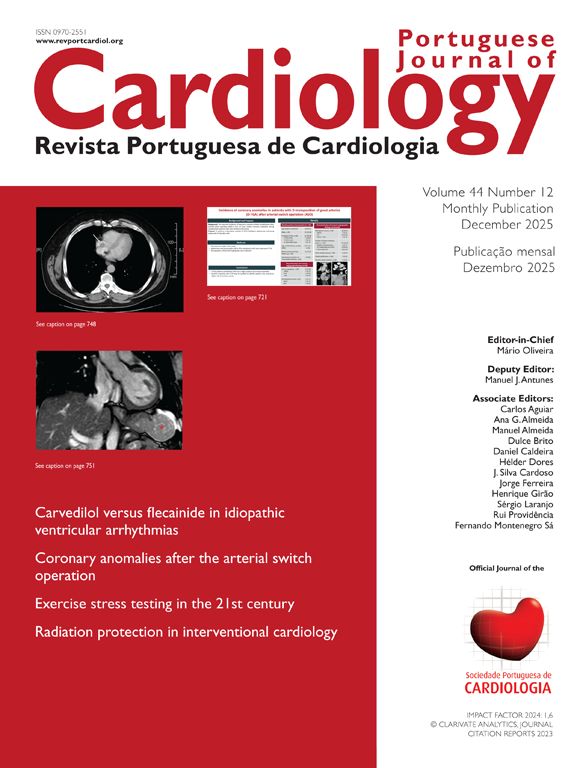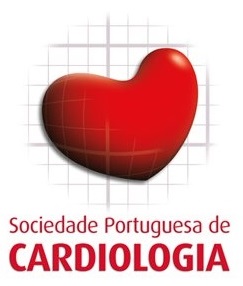In the last two decades, several randomized clinical trials have shown superiority of catheter ablation over antiarrhythmic drugs therapy to achieve sinus rhythm and to improve symptoms and quality of life in paroxysmal and persistent atrial fibrillation (AF) patients.1,2 Since the first demonstrations that pulmonary veins isolation (PVI) could prevent AF initiation, catheter ablation of AF has evolved from an experimental procedure to a standard rhythm control strategy for patients with symptomatic recurrent AF, and may be appropriate to perform even as first-line therapy.3 Despite progresses in the management of patients with AF, the prevalence of this arrhythmia in increasing worldwide and it remains one of the major causes of stroke, heart failure and cardiovascular morbidity, representing a substantial health burden for patients and societies.
Catheter ablation of AF is now commonly used and is increasing markedly as a real clinical option for the treatment of this complex arrhythmia, representing around 30% of all ablations performed in Portugal.4 However, AF recurrence can occur in 20-40% of the patients in the first year, requiring an additional catheter ablation. For persistent AF, the situation seems less clear, as the evidence base is weaker.5 Differences in the success rates are likely related to a more complex substrate in persistent (and long-standing persistent) AF, and with the fact that the electrical, autonomic and structural changes related to the atrial remodeling phenomena promote the maintenance of AF, contributing to the resistance to sinus rhythm conversion and to AF recurrences.6,7 More advanced AF is, therefore, more difficult to treat with simple catheter ablation. Nevertheless, around 40% of the procedures performed are reported to be for patients with persistent type of AF.8 This remind us that the optimal ablation technique is still to be elucidated, particularly for the treatment of persistent AF.
A lot has changed in AF ablation. Knowledge regarding patients selection and follow-up, new catheters, contact-force tools, 3D mapping systems allowing high-resolution electrical analysis, integrating imaging, type of energy used and different technical approaches have evolved over the past years, reflecting the integration of multidisciplinary input of expert cardiologists, cardiac surgeons, electrophysiologists and engineering teams. However, this is a complex intervention with potential major complications and with risk of arrhythmia recurrences, frequently occurring in subjects with PV electrical reconnection.9 Therefore, there is consensus among experts that all patients undergoing AF ablation should be seen in follow-up regularly after the ablation procedure in order to recognize potential complications and optimize outcome results.10
Looking to the future is something that can be seen in the long journey of those who always keep trying to find the right pathway. This special edition of the Portuguese Journal of Cardiology marks the first Portuguese 20 years of AF ablation based on PV isolation,11 and represents a pure exercise of integration, while taking the experience of various specialists which have been contributing to improve the mechanistic understanding, as well as technological advances, in the management of AF.
Understanding the role of localized sources, like foci and rotational activity, in the maintenance of AF, and mapping it using innovative technologies in order to increase the success of AF ablation, represents a continuous challenge in this field, discussed by Narayan et al., and Carlo Pappone in this issue of the Journal.12,13 Also, different technical approaches may contribute to improve the efficacy and safety of ablation, particularly concerning persistent AF. Therefore, this issue of the Portuguese Journal of Cardiology also includes extensive data about the advantages and drawbacks of cryoballoon ablation,14 substrate modification, based on isolation of atrial fibrotic areas,15 and complete isolation of the left atrial appendage.16 In order to reduce risks of this complex interventional procedure, experienced operators must share their strategies regarding important rules to avoid complications, and, of course, to identify and manage it adequately following AF ablation. Professor Mauricio Scanavacca explores this important subject in an interesting review article.17
New information is continually generated and published, in accordance with a substantial progress and development in this field. Investigations have clarified several issues, but the complexity of the mechanisms participating in the pathophysiology of AF disease makes this task an extremely difficult challenge to overcome.
Current medical guidelines recommend catheter ablation as part of the management strategy in patients with AF, being a first option treatment in selected patients.3 Progression from paroxysmal AF to persistent AF appears to be delayed by early PVI. This provides the rationale for the ability to modify the arrhythmogenic substrate of AF and addresses the question of the best timing for ablation in patients with recent paroxysmal episodes.
Identification of individualized substrate targets, according to different types of AF in specific-patients, and its elimination (or modulation) with the adequate energy source depends on the emerging advanced mapping technique systems and correct interpretation of the atrial electrophysiological information. Clearly, we all need further investigation to find out whether research teams are flowing in the best direction.
Conflicts of interestThe author has no conflicts of interest to declare.




